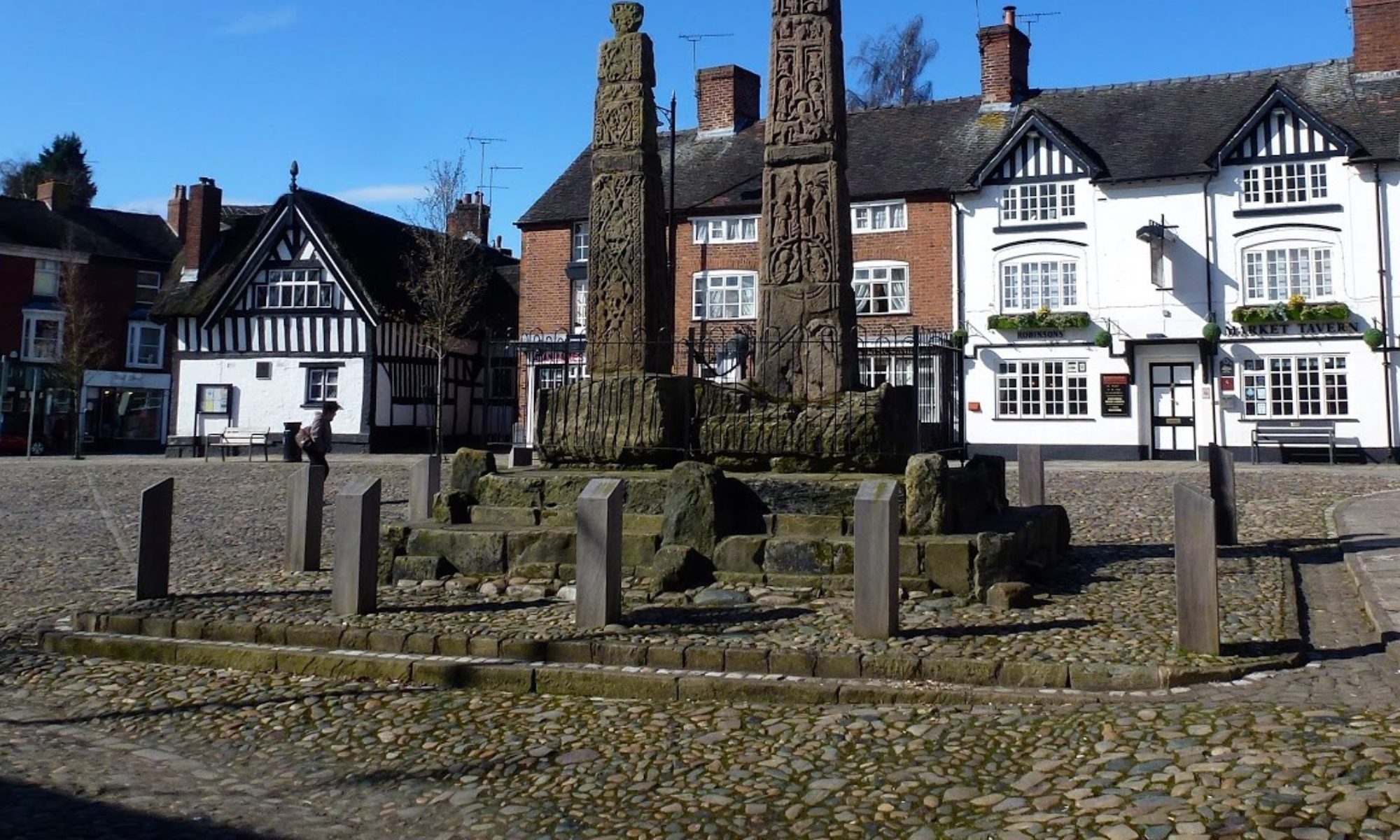Just two cars and seven birdwatchers left Sandbach for the principal UK breeding site for the rare Black-necked Grebe at Woolston Eyes. Often seen from the winter coastline in eclipse plumage, the opportunity to see them in their breeding finery was not one to pass up at a relatively local site. Woolston Eyes is on the northern bank of the ship canal and is the seemingly scruffy piece of land which the Thelwall M6 Viaduct passes over. But its lightly-managed 645 acres are a mecca for birds. Not only for Black necked Grebes, but nationally important numbers of breeding Gadwall and Pochard. Not to mention the 400-plus Reed Warblers that are ringed here each year.
As the first gate was opened the sound of summer – the song of the Willow Warbler – greeted us. We drove past Great Crested Grebes on the ship canal, and recorded Long-tailed Tit, 2 Swallows and heard Chiffchaff in the car park. Crossing the gated footbridge produced 2 more Great Crested Grebes and half a dozen Tufted Ducks.
A Sparrowhawk was seen circling from the ramp leading up from the footbridge, and a pair of Bullfinches spotted just before the Sybil Hogg hide. Little Grebe was seen from this hide, as well as Gadwall, Pochard and Teal, a Snipe flew low left to right and snatches of a Sedge Warbler’s song were heard.
From the Tower Hide the first two Black-necked Grebes were seen somewhat distantly, but up to six performed well from the huge John Morgan hide, where they displayed their speed at swimming both on top of and under the water. We were in this hide for well over an hour, and BNGs, with their golden ear fans, were in sight throughout, enabling terrific views and allowing comparisons with both their Little and Great Crested cousins. Two pairs of Ruddy Duck showed their species’ resilience in the face of DEFRA harassment, and a pair of Greylag showed briefly. Three Sand Martins were picked out hawking insects over the lagoon and a solitary Curlew flew west. The feeders and spilt sunflower seeds (a result unfortunately of vandalism) attracted Jays, Greenfinches, Reed Buntings and Chaffinches, while a lone, and early, Whitethroat foraged nearby.
We walked back across the reserve in warm sunshine, although the northerly component in the wind had searched us out often, reminding us of winter meetings gone. The sound of warblers, Blackcap, Chiffchaff and Willow Warbler, held the promise of summer to come.

